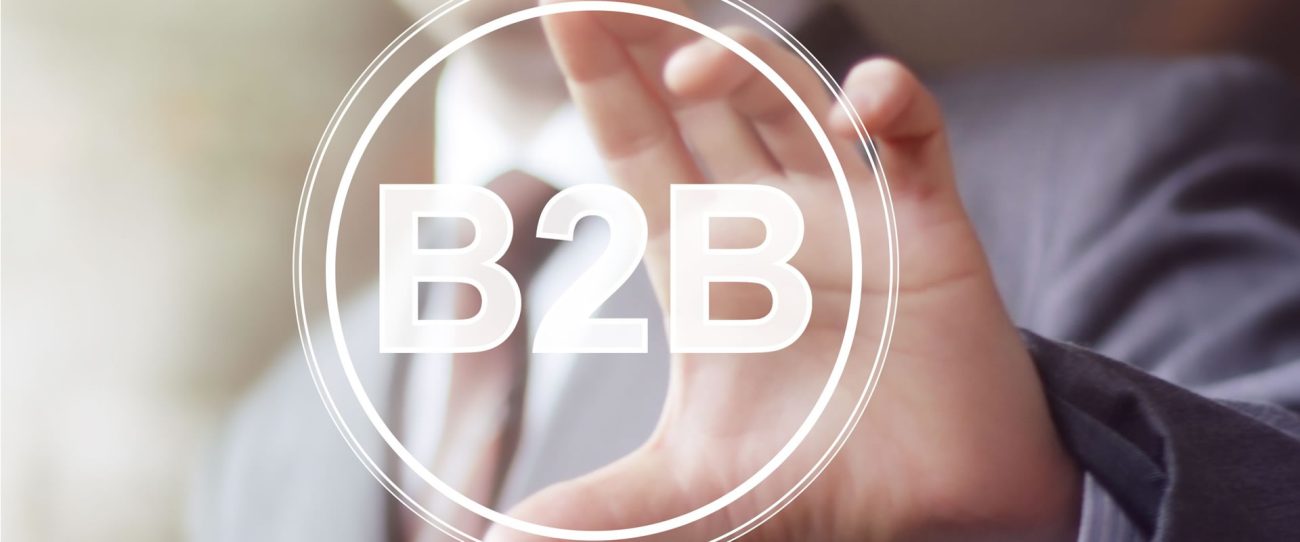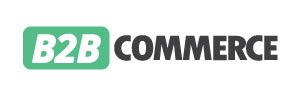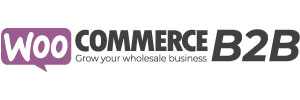Choosing the ideal B2B eCommerce system is hard. You’re taking into consideration attribute set, expendability, complete expense of ownership, and how it will certainly affect the future of your service. Contributing to that complexity is exactly how the platform will incorporate with your existing modern technology pile.
These integrations are important for building an optimized modern technology service set, Each eCommerce financial investment has a duty, core duties, as well as a set of expectations to fulfill. As well as like your in-person teams, each gamer brings complementary and also one-of-a-kind skills to the table.
In particular, Enterprise Source Preparation (Sage 200) software program composes a huge part of an enterprise’s innovation financial investment. It’s a central part of your infrastructure, in charge of running key service features, frequently consisting of audit, money, supply, and various other procedures services. Its significance can not be overstated; most services utilize their Sage 200 systems in numerous ways to fix special organization issues.
So, when an eCommerce as well as ERP combination is well considered and also running flawlessly, what benefits can you expect to see?
Data Collection, Sync and Value
When thinking of system integrations, we often tend to consider passing information backward and forward in between the two systems. We prioritize achieving successful sync that lets us, for instance, send out an order from eCommerce to Sage 200, or upgrade the stock from the ERP to the eCommerce system.
These synchronizations are made easier through seamless combination in between both systems. With limited integration between eCommerce and Sage 200, each system can prolong the various other to support data collection.
When the eCommerce platform can encompass catch more data points, it improves the value of each sync. It comes to be possible to construct much better consumer profiles or raise their links to business, throughout a system that’s accurate and also quick.
Live as well as exact supply across the entire magazine guarantees a far better on-site experience for customers. Your service has the info it needs to delight clients with brand-new product suggestions, promos, or price cuts customized to their preferences.
It’s also simpler to manage various other facets of the consumer experience, such as taking care of out-of-stocks or backorders that may dissatisfy customers. Staying one step ahead of these issues helps reduce adverse customer communications and also supports a favorable brand name experience, regardless of what.
Reduce ERP Burden
It is very important to think about just how much pressure you’re positioning on Sage 200 with day-to-day functions. When you ask a software to do more than it’s anticipated to, troubles begin to appear. These issues can trigger system stagnations, bad efficiency, and other issues that detract from the client experience.
Certainly, organizations usually identify these concerns and also attempt to work around them by making adjustments that they never ever anticipated to make. This, consequently, causes further source pressure and also feature-stretch that contributes to system inefficiency.
By connecting your ERP service to an eCommerce system, you get rid of the business problems from Sage 200. Any eCommerce-related pressures or feature-stretches are gotten rid of.
In other words, tight system integration makes your Sage 200 much more efficient with less demanding features anticipated from it. Because of this, the IT and ERP groups can continue to make one of the most audio choices about each system. This usually suggests less plugins, assimilations, and upkeep required to maintain the system running.
Additionally, with an outdoors software-as-a-service (SaaS)-based eCommerce solution, safety and also repayment card market (PCI) conformity are simpler to take care of. With lower prices as well as less growth hours required to keep the system running, teams are complimentary to concentrate on these vital locations rather than daily upkeep.
Be Customer Friendly & More Efficient
Better combinations in between Sage 200 as well as eCommerce features offer straight benefits to the customer experience.
For instance, consider a vital aspect of your B2B shop, the client site. This tool delivers important functions for the consumer and also decreases the demand for service groups to interact straight with customers:
- Repayment & purchasing options
- Account information updates
- Address book information
- Tracking in-transit orders
These are one of the most amazing of function collections, but they’re needed for maintaining your lasting consumer connections. This kind of self-service website reduces the demand for hand-operated information entrance as well as paperwork, while also liberating your service teams to hang around on other tasks– such as list building and connection nurturing.
Naturally, every one of this is dependent on having normal, accurate syncing in between your eCommerce platform as well as Sage 200. When combination is done properly, all company processes that rely upon these systems will have one of the most current and also up-to-date data available.
Extend What You’re Already Doing
Integration between eCommerce and Sage 200 give your marketing and sales teams more freedom to sell. They’ll have the tools they need to create unique brand offers and customer experiences, all within an optimized digital storefront.
In this system, it’s easy to review options, perform testing, and optimize overtime to ensure the best possible conversion rates. They may even have the potential to sell non-traditional products and services that were traditionally thought of as B2C.
Broadly, this benefit speaks to the need for business flexibility. Companies must have the agility to make business changes quickly when new strategies or opportunities arise. But it’s not enough to be agile; companies need to maintain this agility while ensuring that their key integrations operate efficiently, no matter what demands are placed on them.
Contact the Storehub.io sales team to book a consultation.












